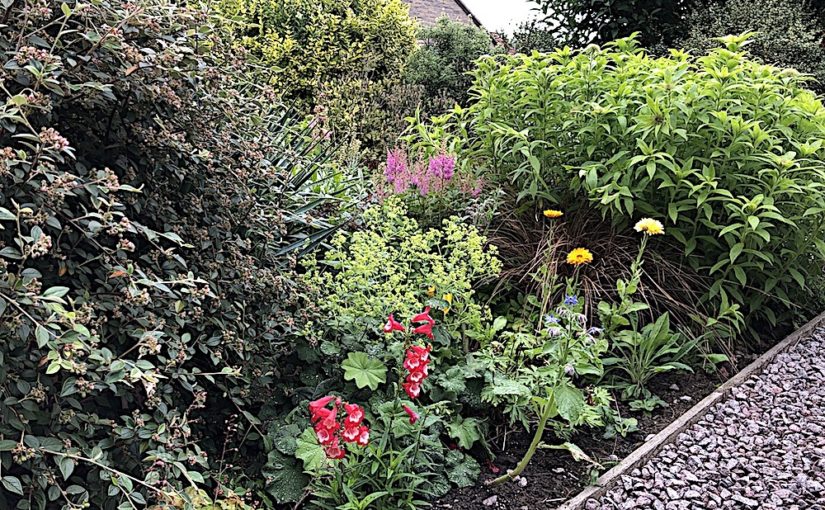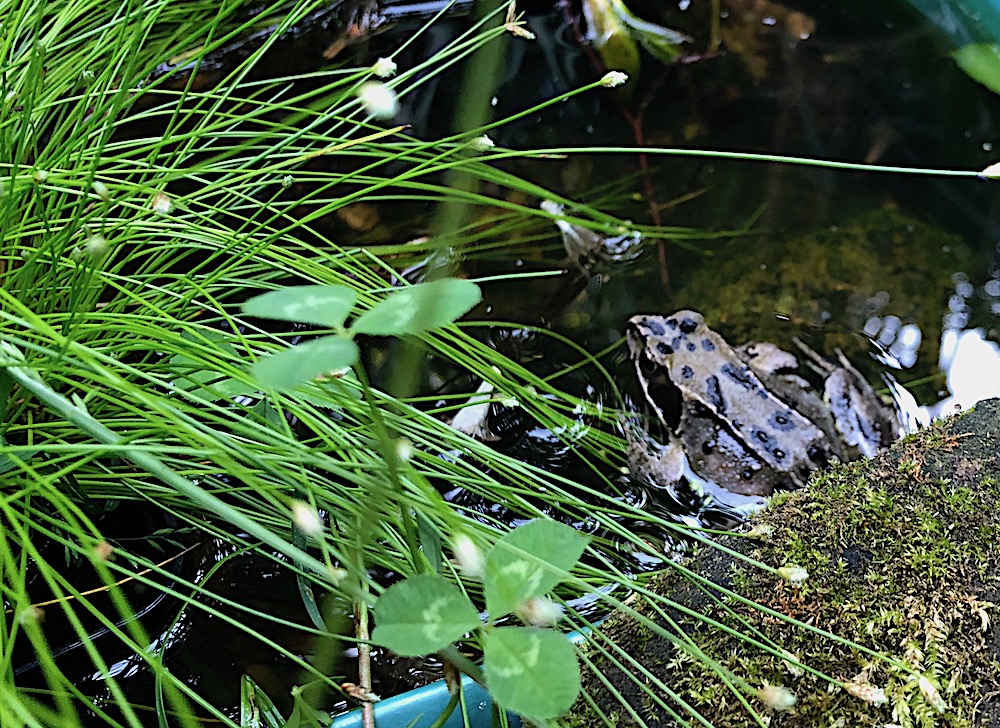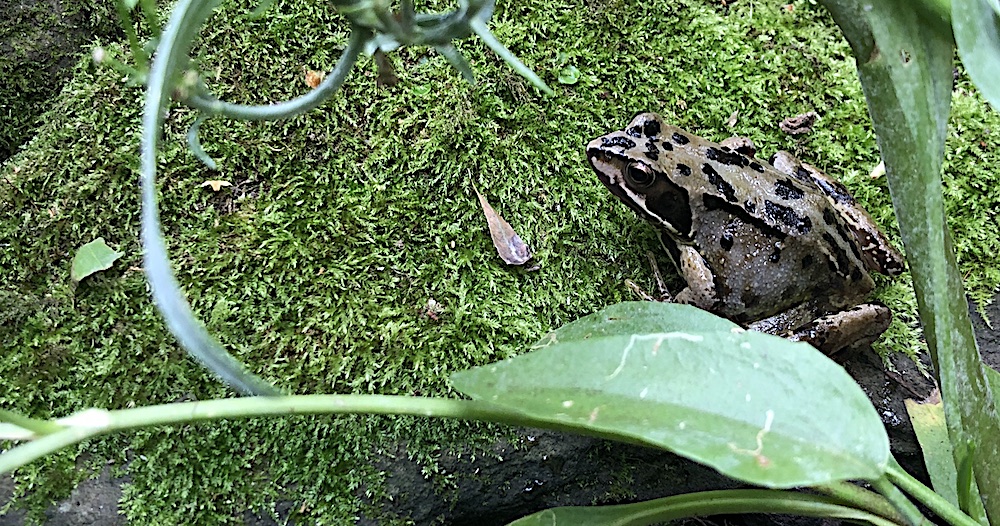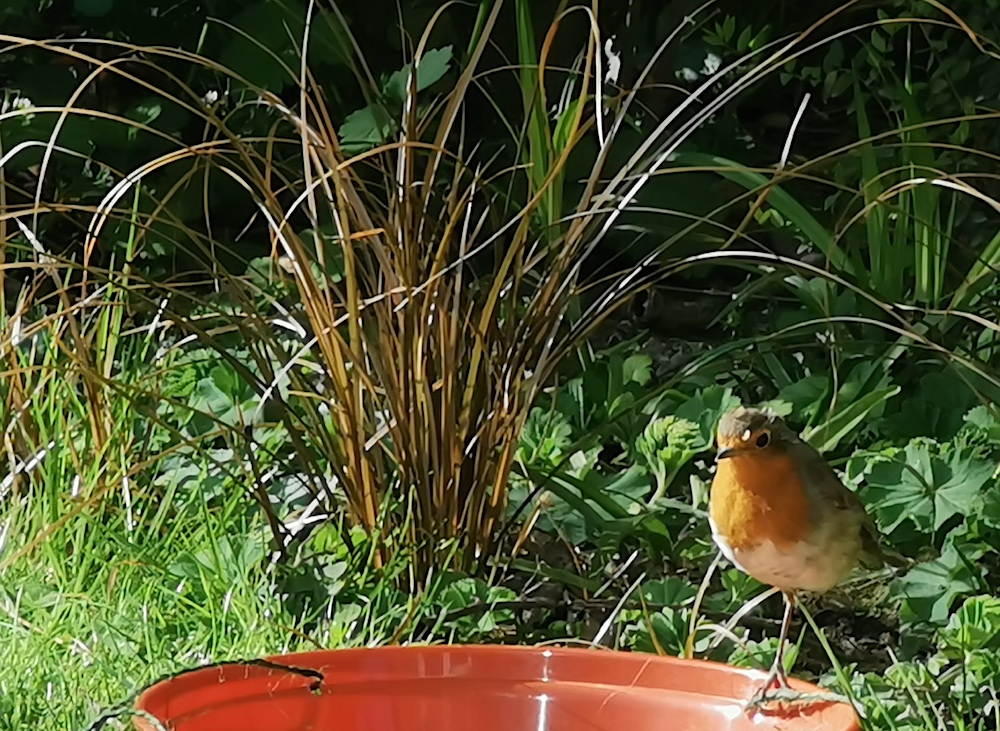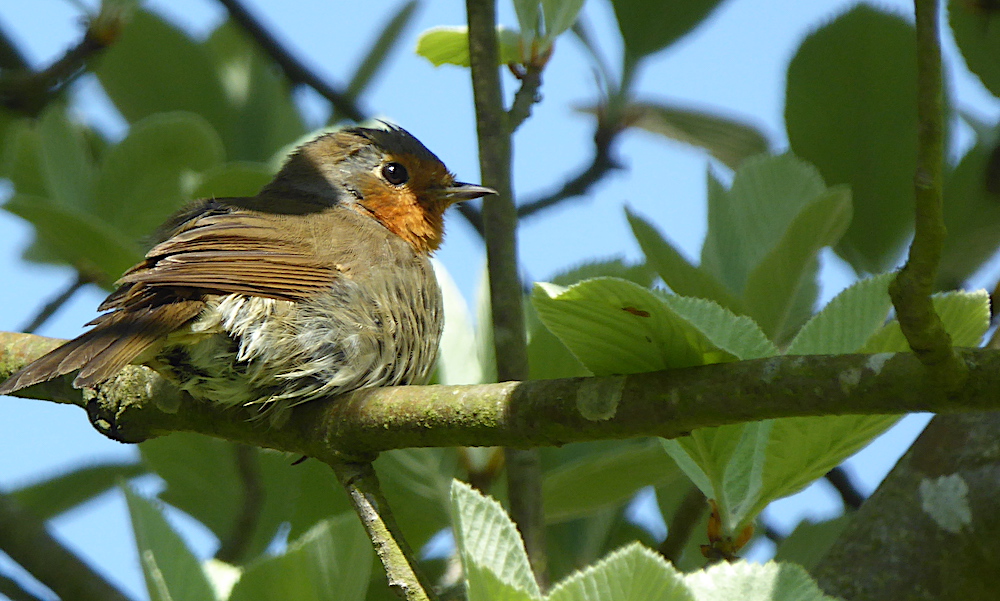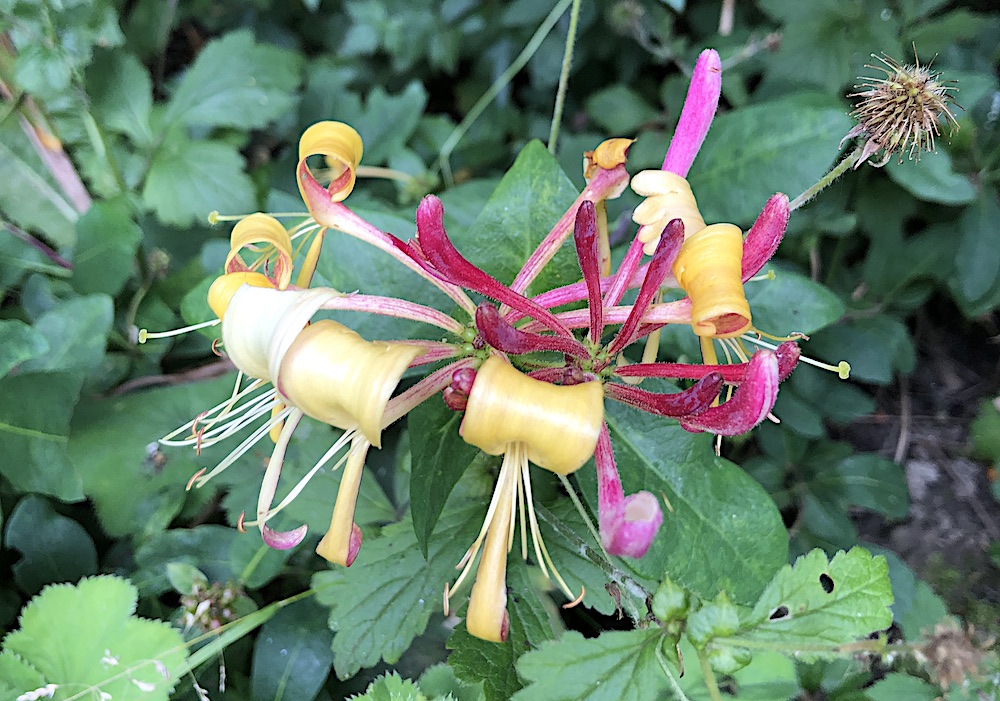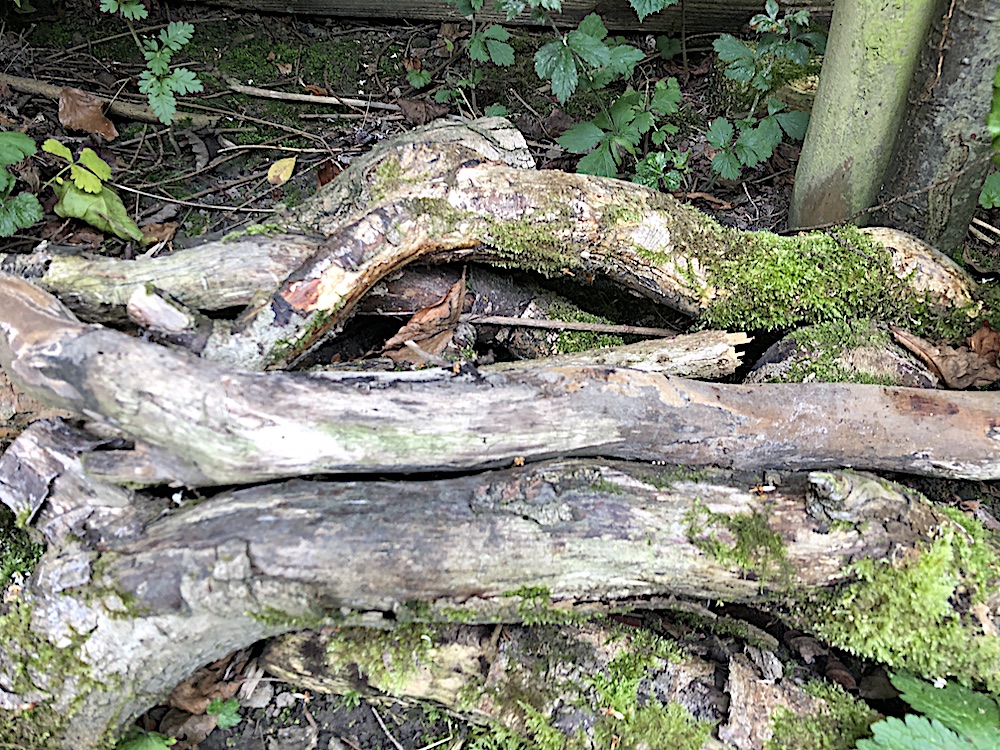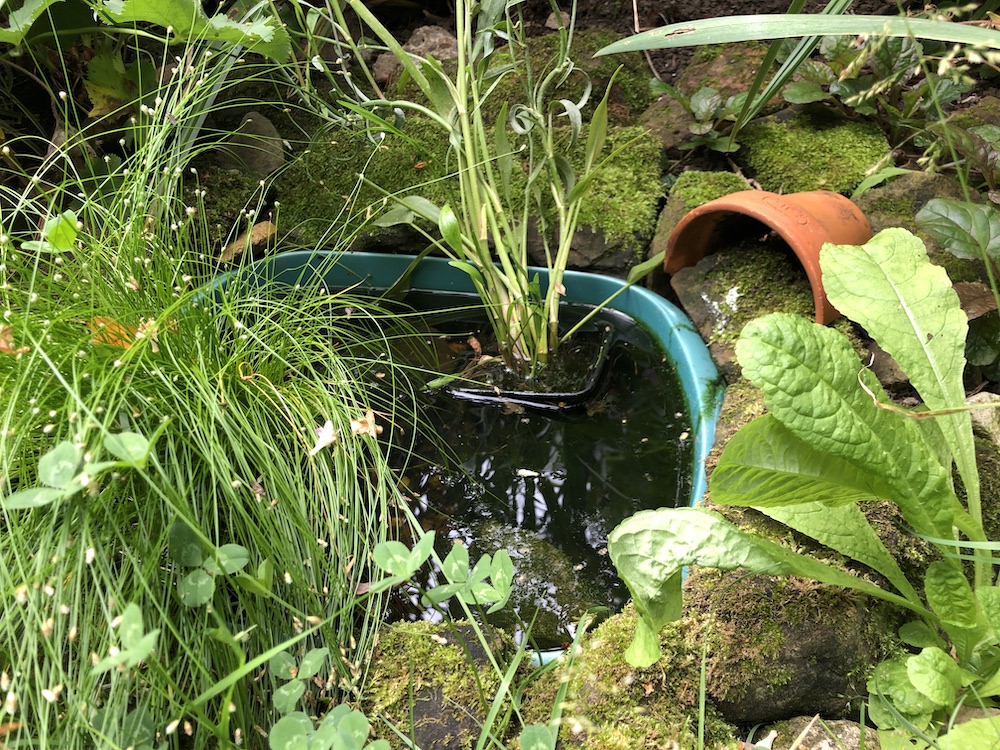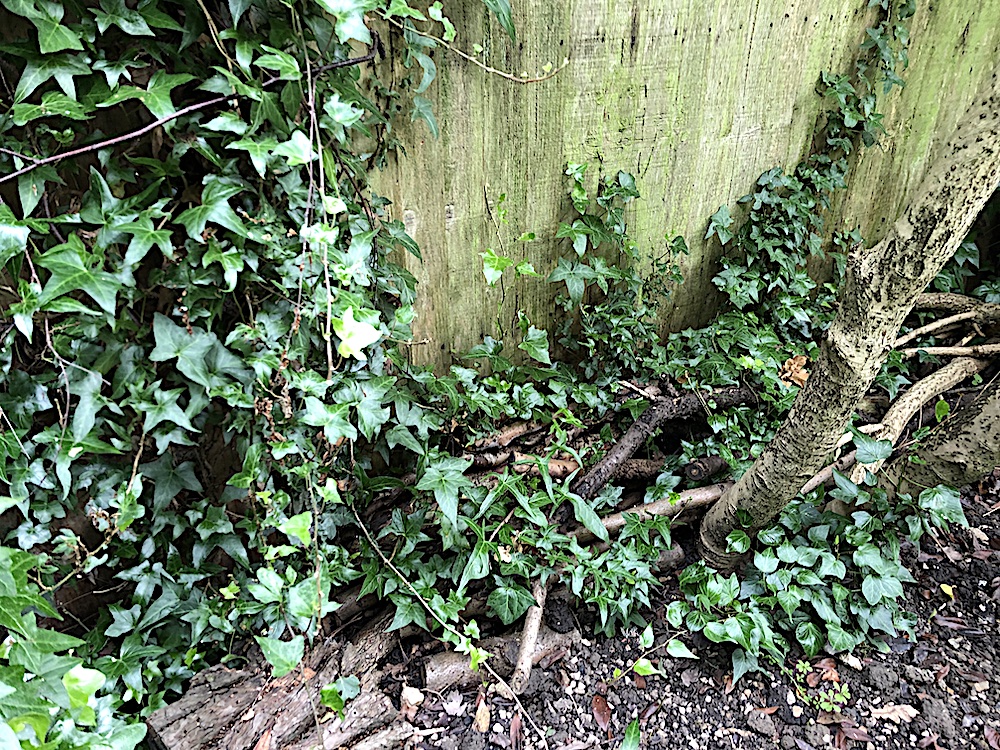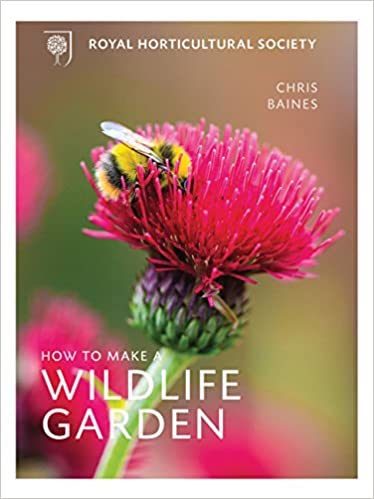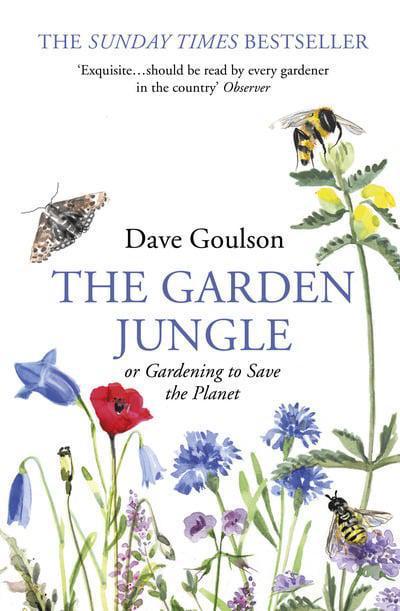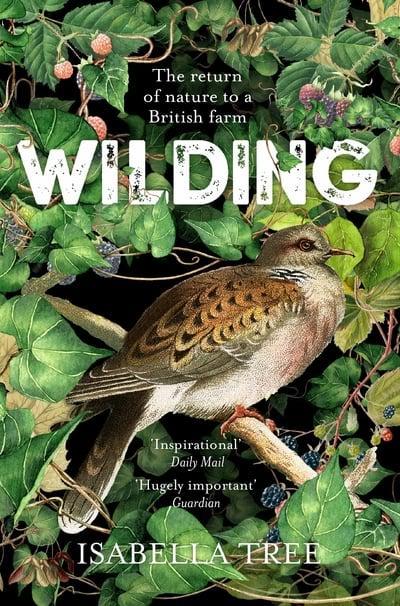There are definite advantages to gardening for wildlife. When I decided I no longer wanted an immaculate garden but a garden that would attract as much wildlife as possible the first thing I did was stop the war on weeds.
I used to start my gardening year by spending a couple of weeks crawling under bushes trying to dig up weeds. I now leave most of them and although many of the flowers are small they are still beautiful. One of the first weeds/flowers I noticed was Hairy Bittercress. This plant has tiny white flowers and is edible, tasting like cress it works well as part of a salad or in a sandwich. http://thegoodliferevival.com/blog/hairy-bittercress
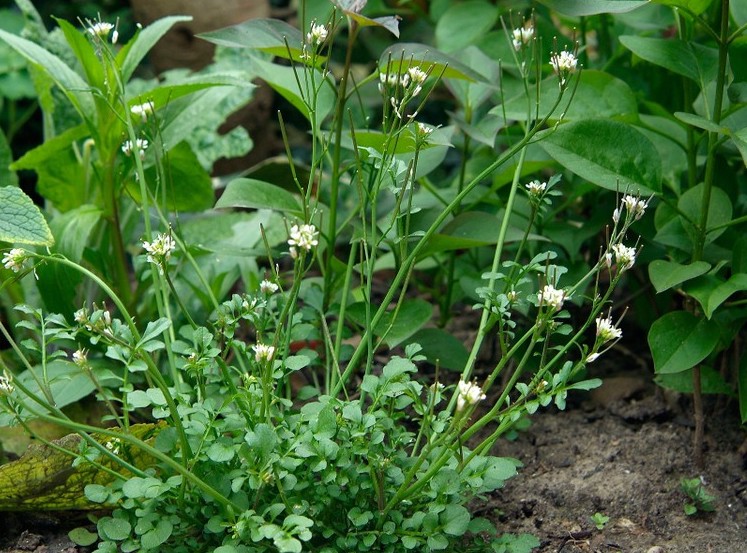
The second plant/weed that I have plenty of is Wood Avens. These like damp shady conditions and there are many areas in my garden that it loves. The flowers are small and yellow, the seed heads are attractive and can stick to your clothes. It is another edible plant. https://www.wildfooduk.com/edible-wild-plants/wood-avens/
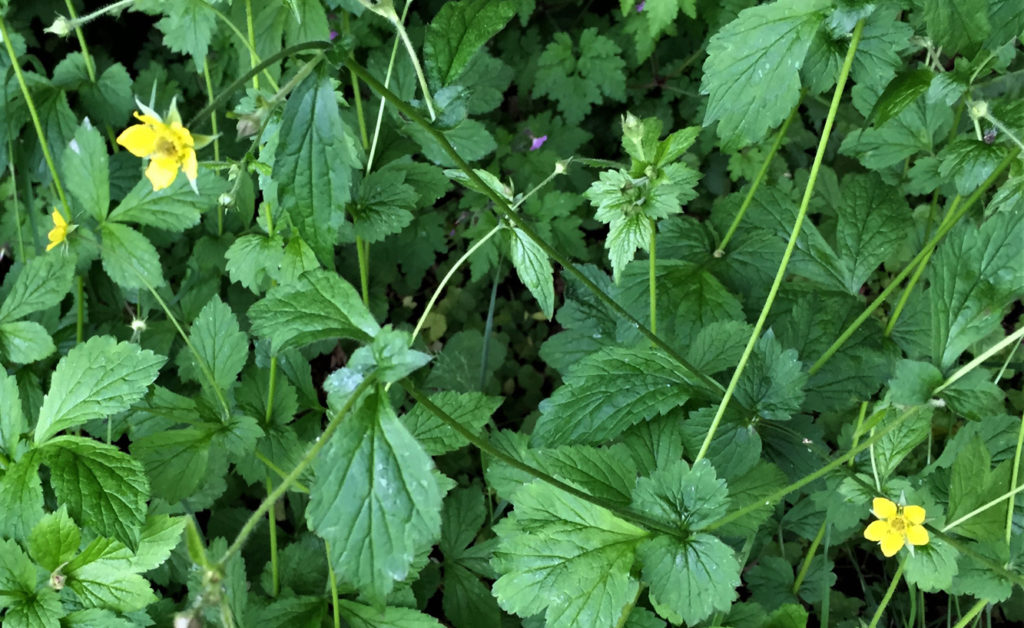
Both of the previous plants have added themselves to my garden and so has this next beautiful yellow flower. I still do not know what it is but it grows happily in the garden and I like the look of it.
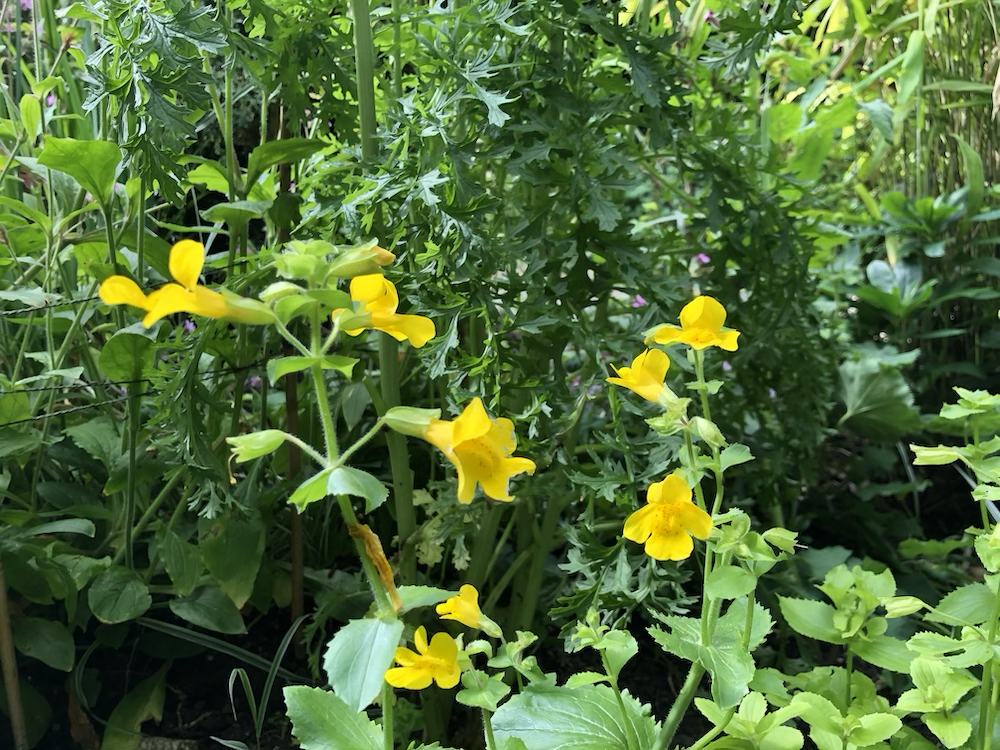
In the last two years I have been adding wildflowers to the borders, some grow well while others seem to disappear without a trace. Rose Campions and Betony were the first to give plenty of flowers.
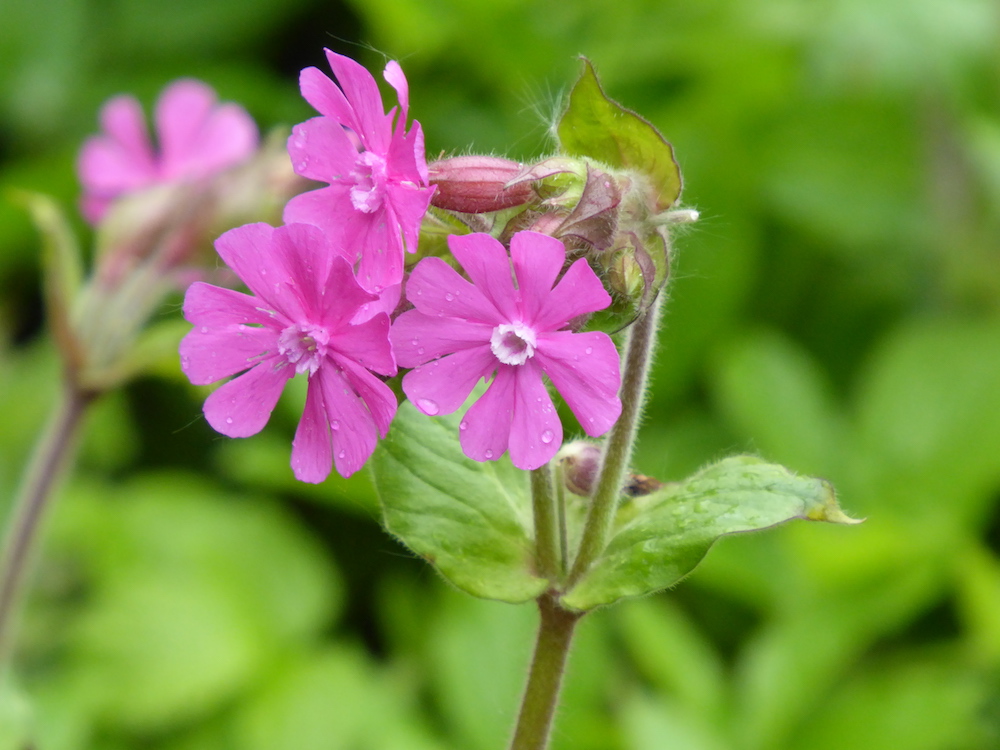
Rose Campion 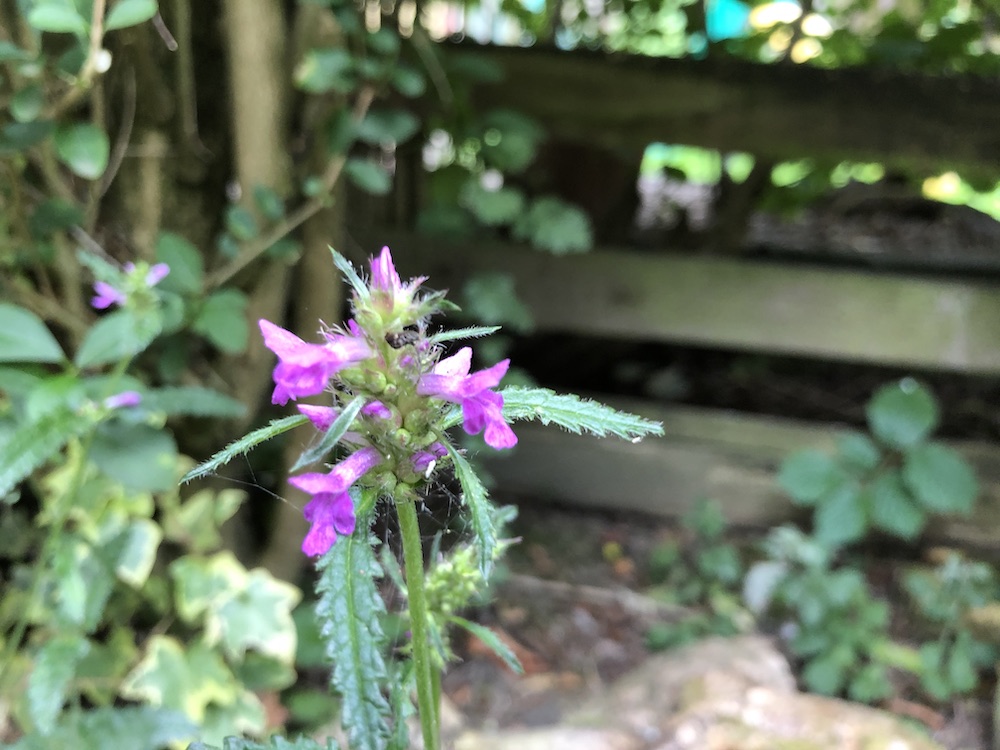
Betony
This year 2020, I have added Cowslips, Oxeye Daisies, Comfrey and Borage. A large clump of Common Ragwort has also appeared.
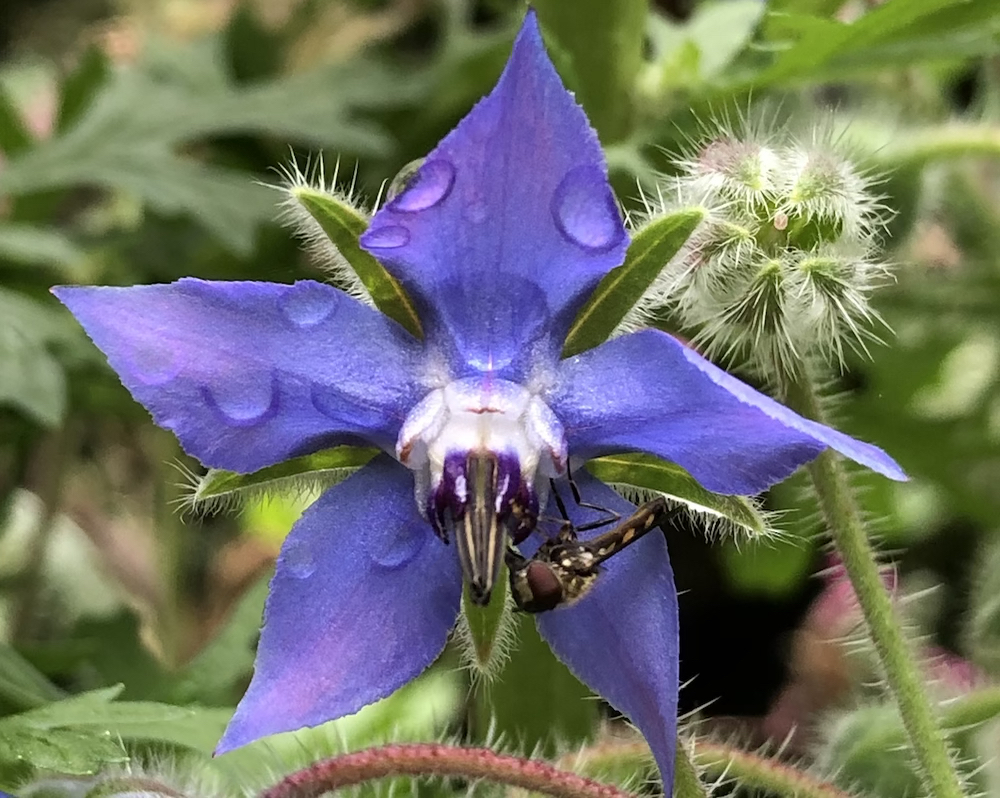
Borage 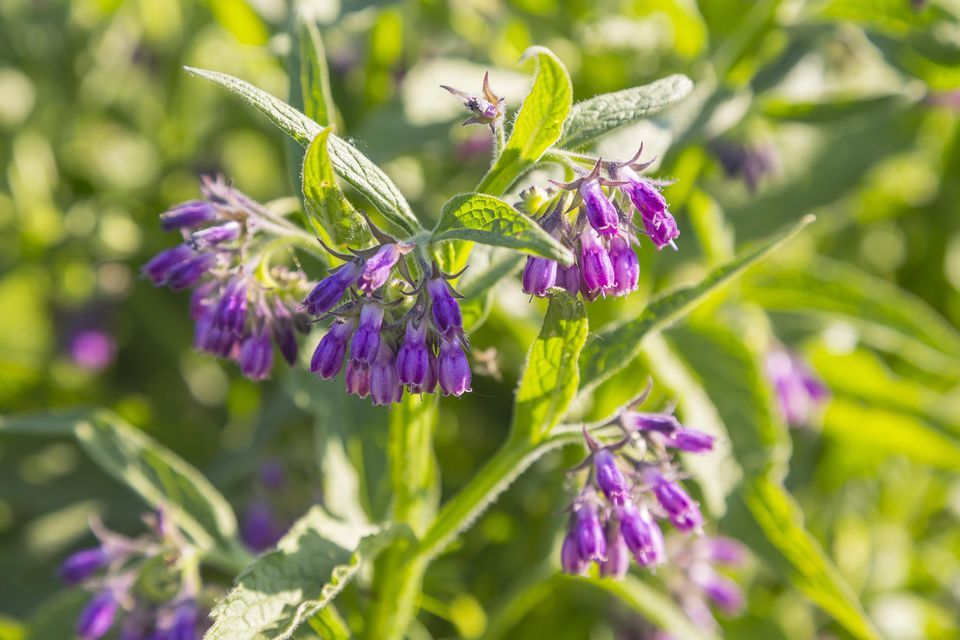
Comfrey
We have allowed our small amount of lawn to grow for several weeks and by mid July only cut it twice. This has allowed clover, buttercups and some meadow grasses to appear. The bees and hover flies have been very happy.

I wanted to add a pond to the garden. Our garden is heavy clay, difficult to dig in the winter because of its stickiness and in Summer like concrete. I started digging in March and then lockdown happened. Having no pond liner I used an old washing up bowl, surrounded it with rocks and added a couple of water plants. I placed rocks inside the bowl to enable birds to drink safely and was very pleased to notice blackbirds and robins using it regularly . Early in June I noticed a frog had moved in and now in July I have seen two frogs and several froglets.
We have a bird table, bird feeders, piles of rocks and logs and some messy corners. All Winter we were visited each day by a pair of Bullfinches and now have regular visits from families of Long Tailed Tits and Blue Tits. A Wood pigeon has nested in a hawthorn tree just beside the patio in what looks like a very precarious structure. Our favourite resident however has to be the one legged Robin.
Here is a list of other birds seen, Nuthatches, Jay, House Sparrows, Long Tailed Tits, Blue Tits, Coal Tits, Goldfinches, Greenfinches, Hedge Sparrows, Starlings, Blackbirds, Bullfinches, Chaffinches, Wren, Song Thrushes and Wood Pigeons. Other garden visitors include a hedgehog, a family of squirrels and several frogs. Butterflies include Speckled Wood, Large White, Gatekeeper, Orange-tip, Red Admiral, Small Tortoiseshell and Common Blue. Last summer we also saw Peacocks and Painted Ladies. I have noticed the caterpillars of Mullein moths on the Buddleia and a Dragonfly in the front garden. A useful site for identifying butterflies https://butterfly-conservation.org/butterflies/identify-a-butterfly



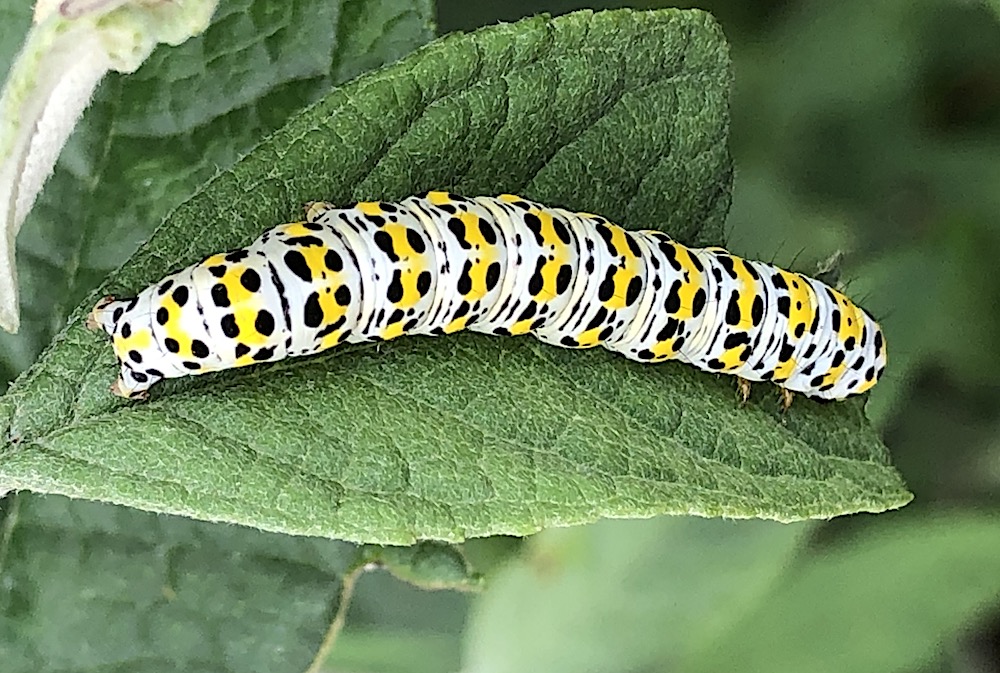
Caterpillar of the Mullein Moth
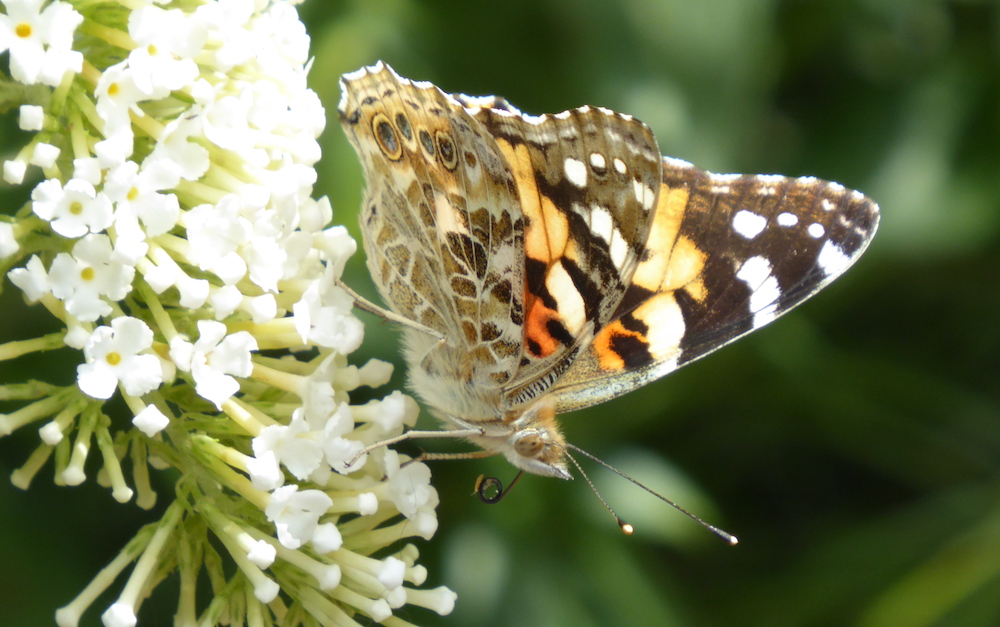
Painted Lady 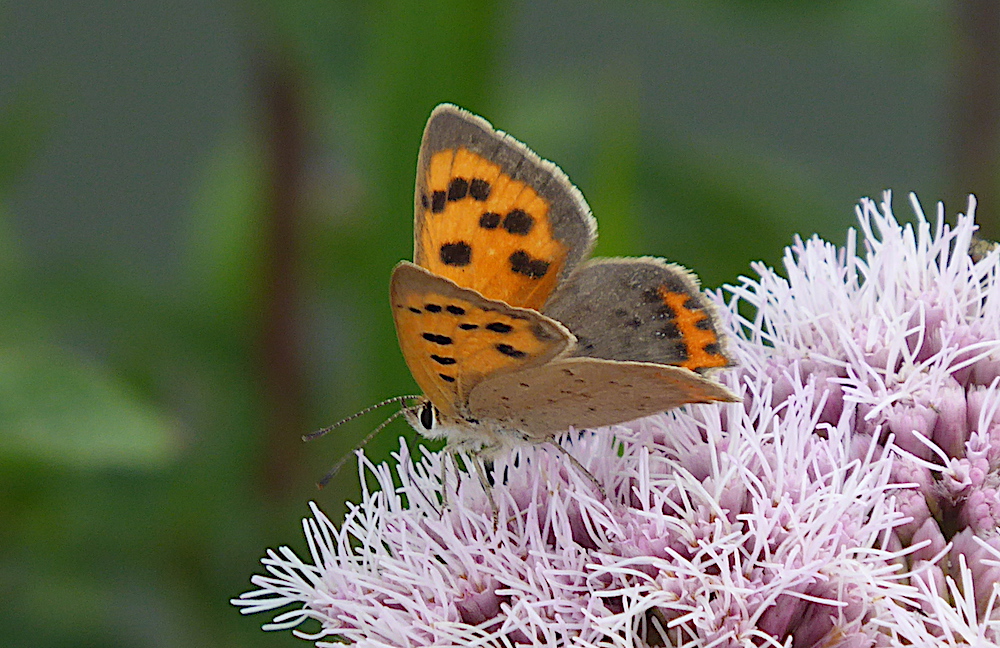
Gatekeeper 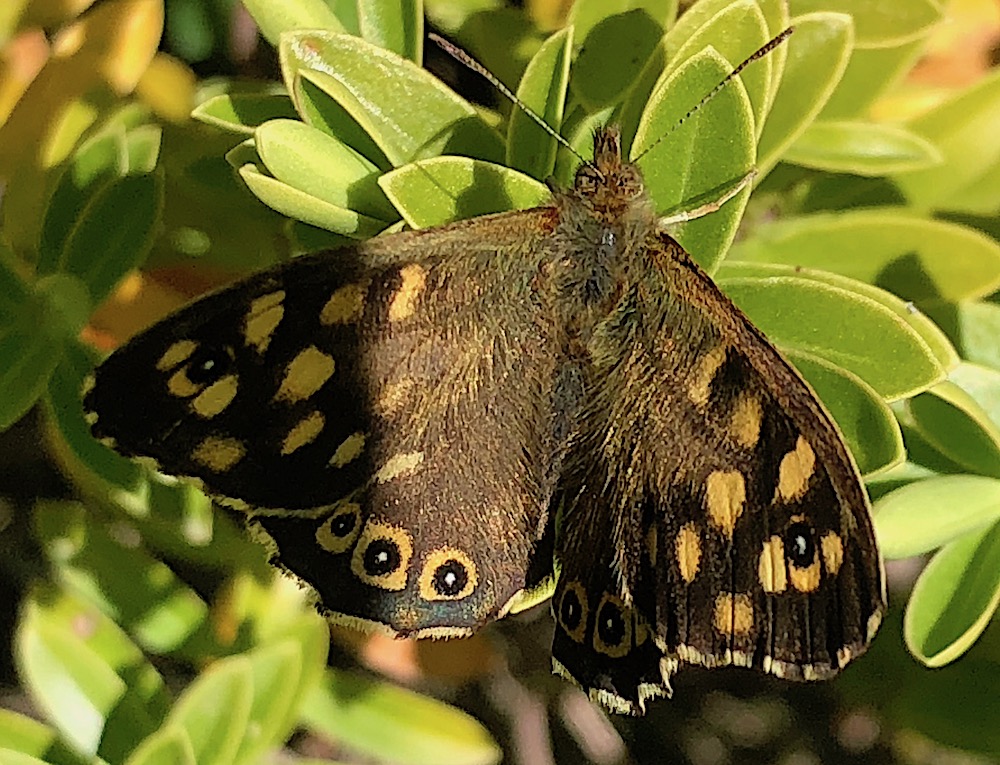
Speckled Wood 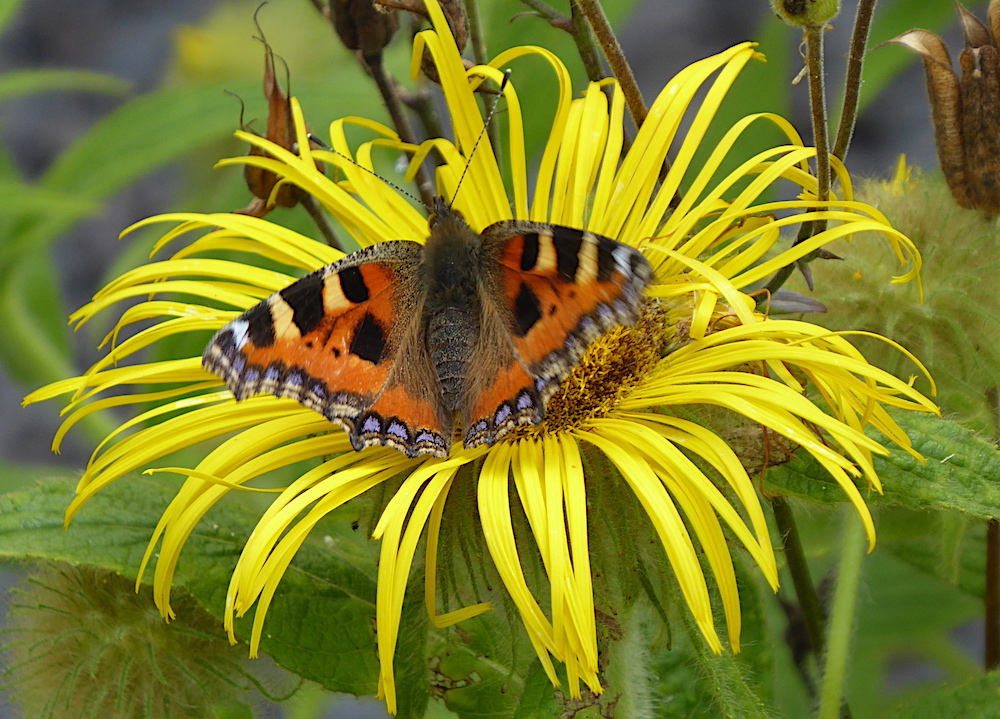
Tortoiseshell
Having spent more time than usual pottering around the garden I have become aware of different bee species. Firstly I noticed Tree Bumblebees which were first seen in the UK in 2001. I have also observed something that I have never seen before, Bumblebee’s mating. The action was happening on a gravel area. Then to my surprise the queen starting to try to fly off, she bumped up and down along a path and then managed to get airborne with the male still attached to her.
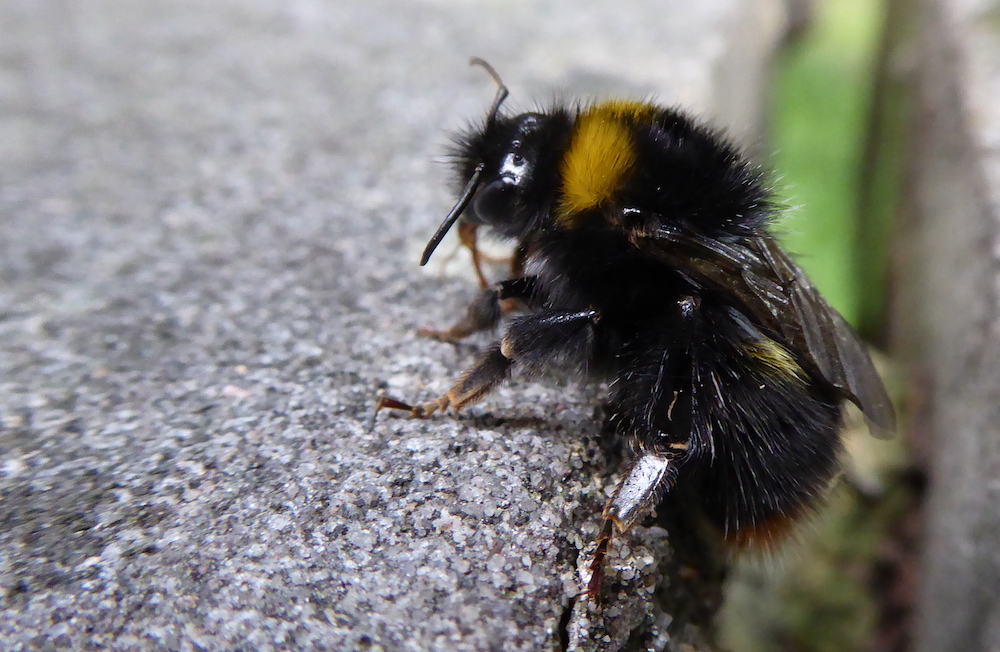
Garden Bumblebee 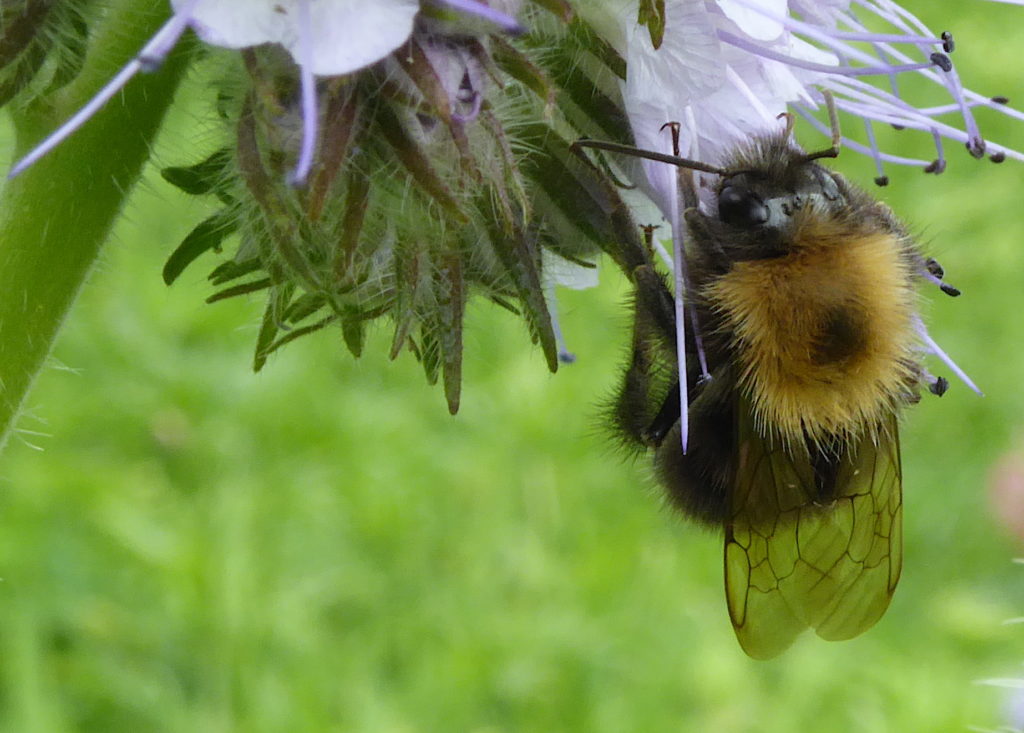
Tree Bumblebee 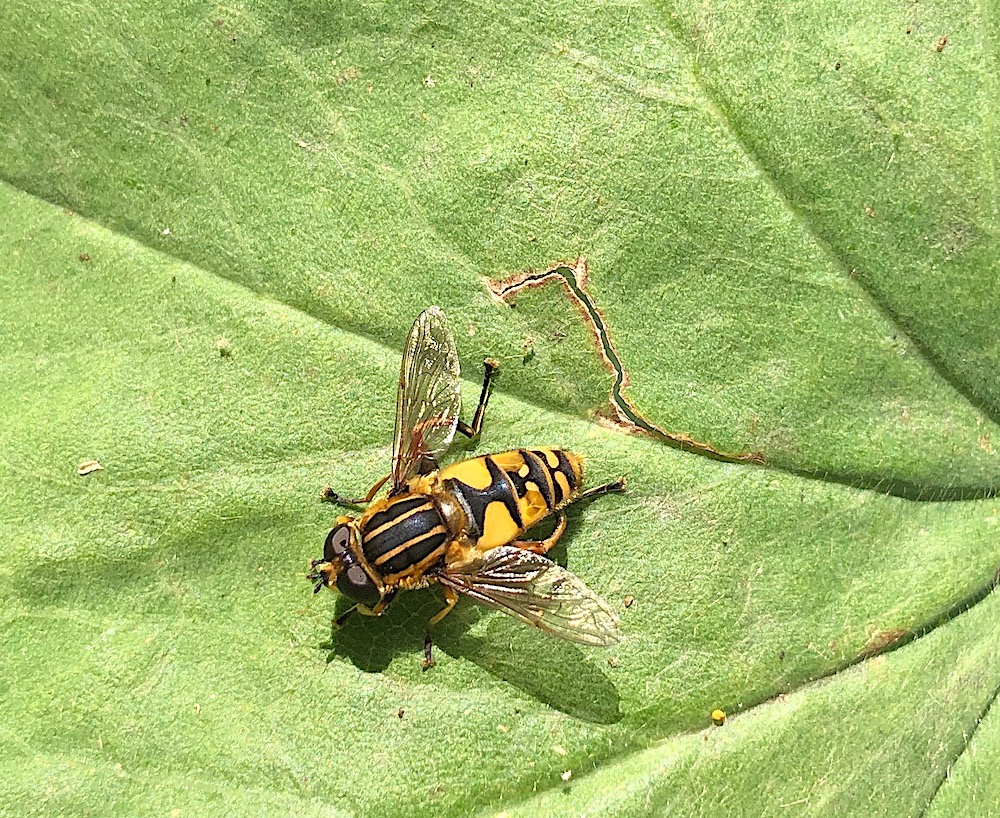
Hover-fly 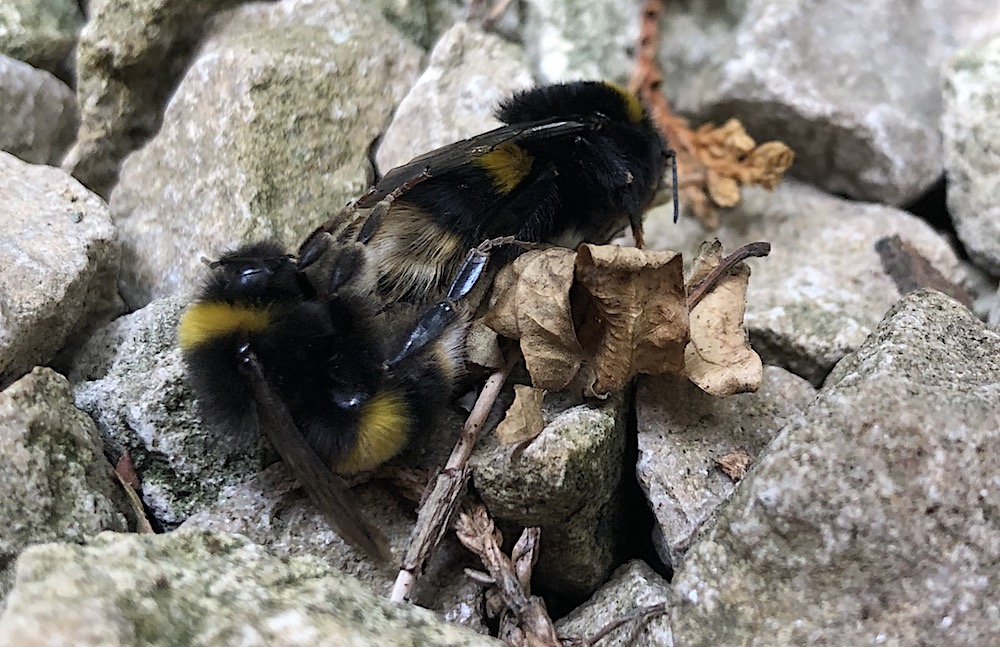
Queen and Male bee meeting 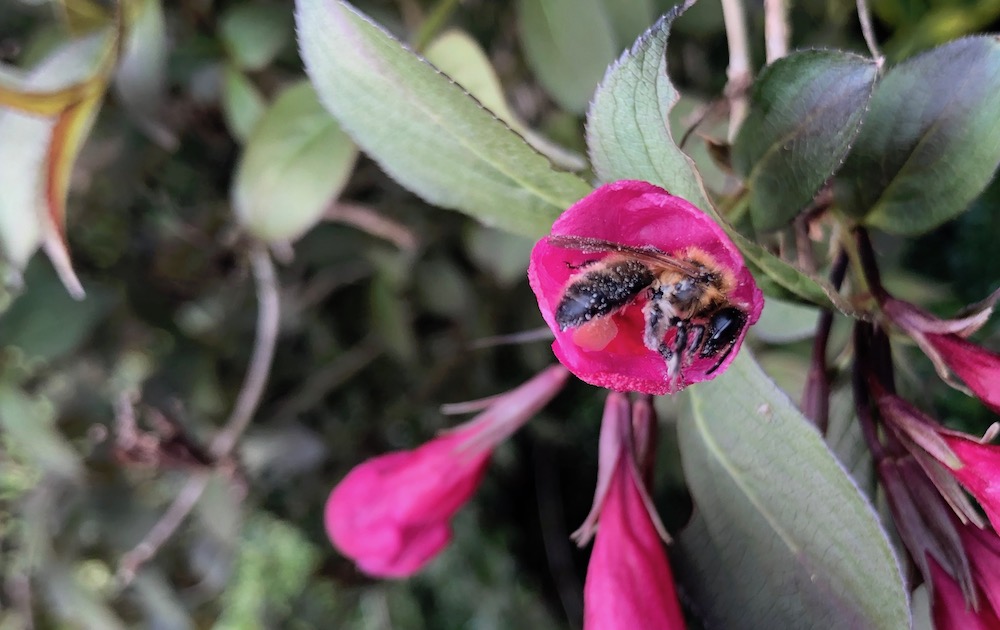
Solitary Mining Bee
I have grown Nasturtiums in pots and found them a most interesting addition to the garden. We have eaten their leaves and flowers in salads, the bees have enjoyed their nectar and I am saving the seeds to pickle when I have enough of them to fill a jar.
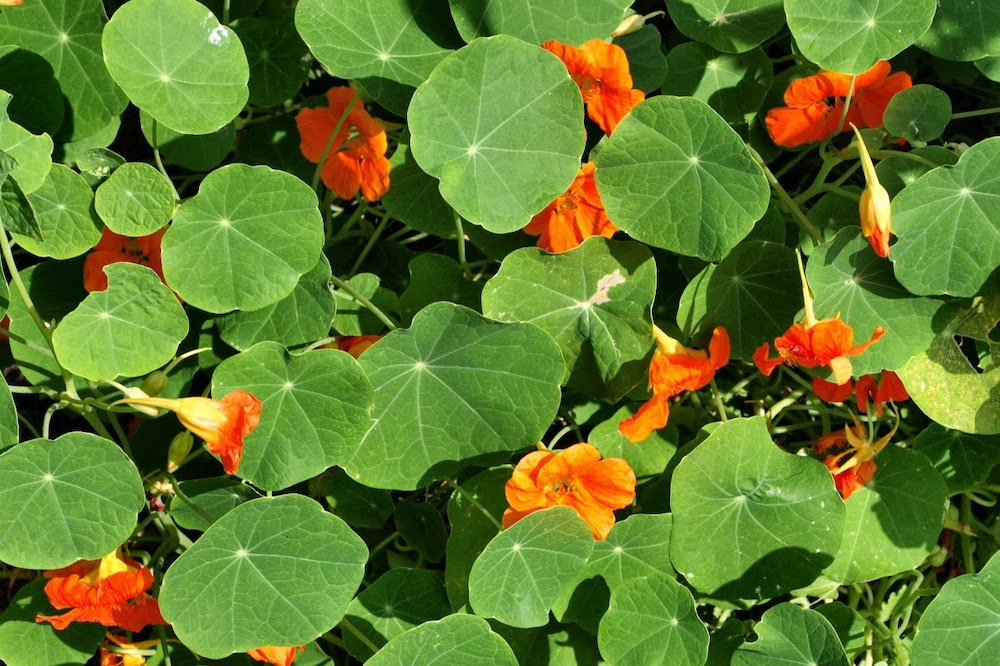
Lastly here are some books I have read and recommend.
